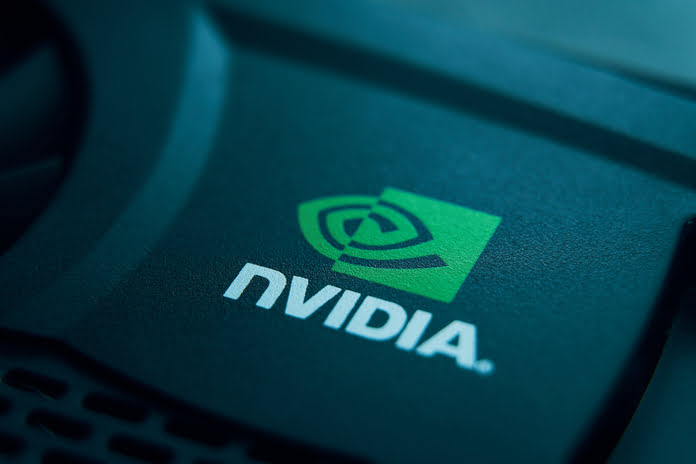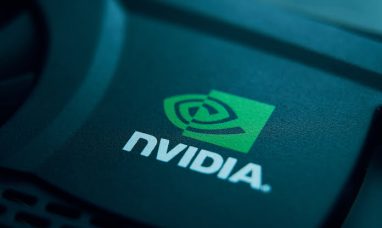Nvidia (NASDAQ:NVDA) is a powerhouse in artificial intelligence (AI) and semiconductor technology. From gaming GPUs to AI data centers, the company has consistently led the industry. However, Nvidia stock has faced recent volatility due to concerns over tariffs and new competition. Despite these challenges, analysts like Wedbush’s Daniel Ives remain confident in the stock’s long-term potential.
Nvidia Stock Faces Market Uncertainty
Nvidia stock has seen a pullback, with shares down 10% year-to-date and nearly 19% off their 52-week highs. While Nvidia posted massive gains in 2023 and 2024, growing 238% and 176% respectively, investors are now weighing the impact of potential tariffs and increasing competition in AI.
Former President Donald Trump has announced 10% tariffs on all goods imported from China, set to begin in February. While semiconductor imports from China to the U.S. are relatively small, the industry still relies on significant imports of electrical equipment, vehicles, and machinery from China, Mexico, and Canada.
Dan Ives Calls Tariff Concerns ‘Scare Tactics’
Despite fears surrounding tariffs, Daniel Ives remains bullish on Nvidia stock. He believes the policy is largely a “scare tactic” and expects only minimal short-term disruptions. Ives encourages investors to buy semiconductor stocks like Nvidia, Advanced Micro Devices (NASDAQ:AMD), and Taiwan Semiconductor Manufacturing Company (NYSE:TSM) on any pullback.
Ives also downplays concerns over potential retaliatory tariffs from China, stating they will likely be minimal in the short term. While Nvidia does have supply chain exposure to Mexico and China, he argues that the company’s strategic positioning in AI and data centers will allow it to weather any short-term pressures.
DeepSeek and Nvidia’s Competitive Edge
Another challenge for Nvidia stock has been growing competition from AI models like DeepSeek. Melius Research’s Ben Reitzes believes the emergence of cheaper AI models could drive broader adoption of artificial intelligence, but he remains neutral on its immediate impact on Nvidia’s stock.
Reitzes notes that Nvidia may face near-term volatility, especially if the company chooses to reduce spending to fund future investments. However, he sees Nvidia maintaining a dominant position in AI chips for the foreseeable future.
Nvidia’s Strong Q3 Performance
Nvidia reported stellar third-quarter results for fiscal 2025 on November 20, 2024. The company’s total revenue reached $35.08 billion, surpassing analyst estimates of $33.33 billion and growing 94% year-over-year.
Data center revenue surged 112% year-over-year to $30.8 billion, reflecting the strong demand for AI chips.
Net income climbed 18% to $19.31 billion, or $0.81 per share, exceeding the consensus estimate of $0.75.
Gross margin declined for the second consecutive quarter to 75%.
Cash balance rose to $38.49 billion, up from $25.98 billion in January.
Despite these solid numbers, Nvidia’s cautious Q4 revenue guidance of $37.5 billion led to some investor skepticism. However, CFO Colette Kress reassured investors that the company will begin deliveries of its next-generation Blackwell chips in the current quarter and ramp up production in 2025.
Wall Street’s Outlook on Nvidia Stock
Nvidia remains a top pick among analysts, earning a “Strong Buy” consensus rating. Out of 43 analysts covering the stock:
37 rate it a “Strong Buy”
2 rate it a “Moderate Buy”
4 rate it a “Hold”
The average price target for Nvidia stock stands at $178.09, suggesting a potential upside of approximately 45% from current levels.
Conclusion: Is Nvidia Stock a Buy?
Despite recent headwinds, Nvidia stock continues to show strong growth potential. Daniel Ives’ confidence in the stock reflects the company’s dominant position in AI, robust financial performance, and ability to navigate market uncertainties. While short-term volatility is possible, long-term investors may find Nvidia stock an attractive buy, especially on any pullbacks.
Featured Image – Megapixl









